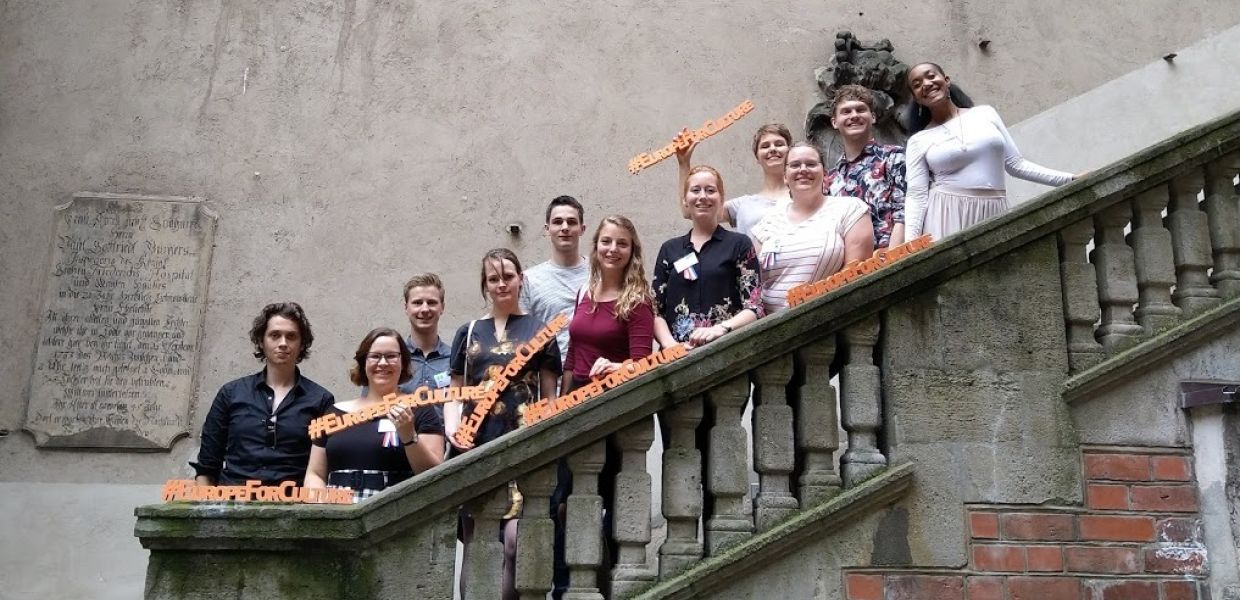What is Erfgoed Brabant, and what are its main activities?
We are an organisation at a regional level which assists museums and other cultural heritage organisations and we connect the cultural heritage sector and the Dutch province of North Brabant.
We do this in a few different ways:
You do a lot to support cultural heritage organisations. Do you also run projects by yourself?
We do run our own projects. The biggest at the moment is Brabant Cloud which is a technical support for smaller organisations to share their data. Most of these organisations can’t do this by themselves due to lack of funds or knowledge. By giving them access to this technical infrastructure, we can provide resources and skills to digitise and give access to their collections.
We also have a website. This showcases stories and also provides data from the smaller organisations. Together, you have the data, digital access and the stories. At the moment, around 100 organisations have their content in Brabant Cloud.
You are very active on a regional level. Why did you decide to organise a youth event on a European level?
We first developed a Youth Panel for young professionals in 2017. I have been their coordinator since September 2017. We have a meeting once a month to talk about being young in the heritage sector, something that can be quite difficult.
A few of my colleagues went to the 2017 Europa Nostra conference in Finland. The province of North-Brabant and Erfgoed Brabant itself have a membership and we wanted to present on a European level. However, my colleagues were quite shocked at the representation of young professionals, or rather, the lack thereof.
People deemed a young professional in this sector may be in their late 30s or early 40s. If you are younger than that, it can be difficult to be taken seriously, and there are big age gaps between colleagues. It can also be very difficult to get your foot in the door. In this sector, it’s normal for young people to start as a volunteer or do unpaid internships. However, this is problematic when this is still expected at 35.
We wanted to show that young professionals have a lot to offer even if it is different from their more experienced colleagues. This includes developing innovative ideas and contemporary best practice. Organisations need staff of all ages. We wanted to show that on a European level with the advantage of our Europa Nostra membership and platform. We knew we were ambitious - but in the end - it really worked.
What reactions have you received when you presented the idea of organising an event for young people?
We were glad that fellow project members, Provinces of Gelderland and Overijsel, think in the same way as we about young professionals. Our regional ministers were supportive of the idea and plans, which was great given that they provided the funding.
We had some very positive reactions from Europa Nostra, but we also had some difficulties. While we were able to run the programme, when we wanted to have a small presentation on stage, it turned out to be difficult to fit us into the larger programme (which had time constraints in terms of scheduling). So while the organisers of the European Policy Debate wanted to give us our moment, they also had priority, high-profile guests. We had a nice event, but there is still a long way to go.
It was great to hold the programme that we paid for ourselves; the next step will be to become a more integral part of the Summit. We’re not quite there yet.


